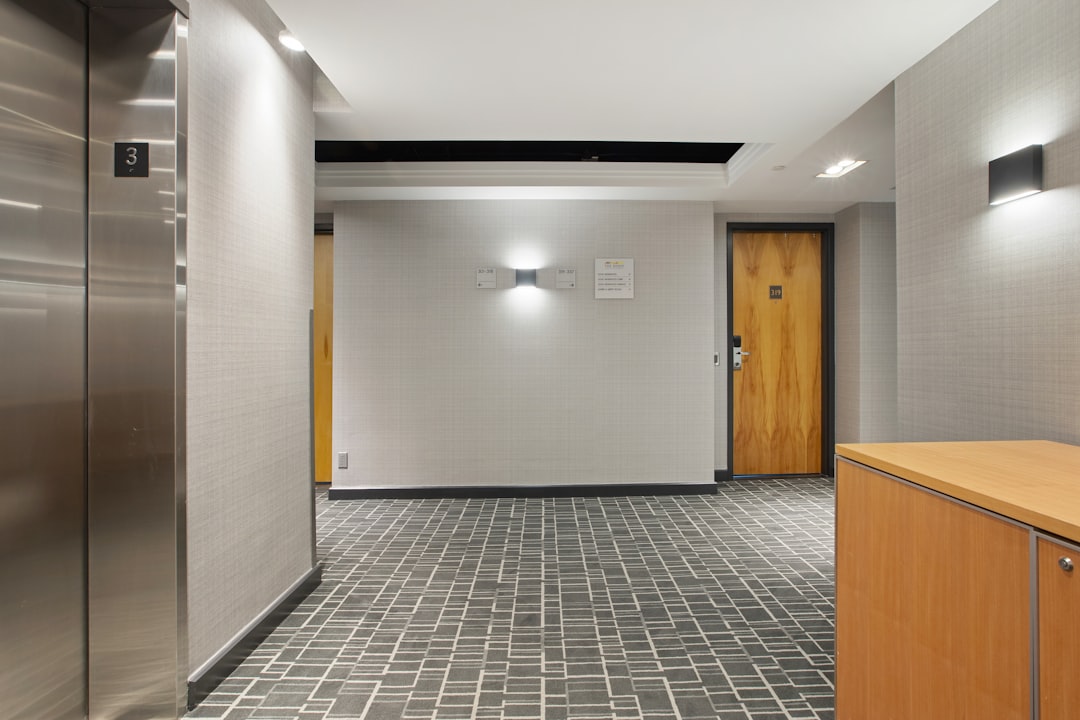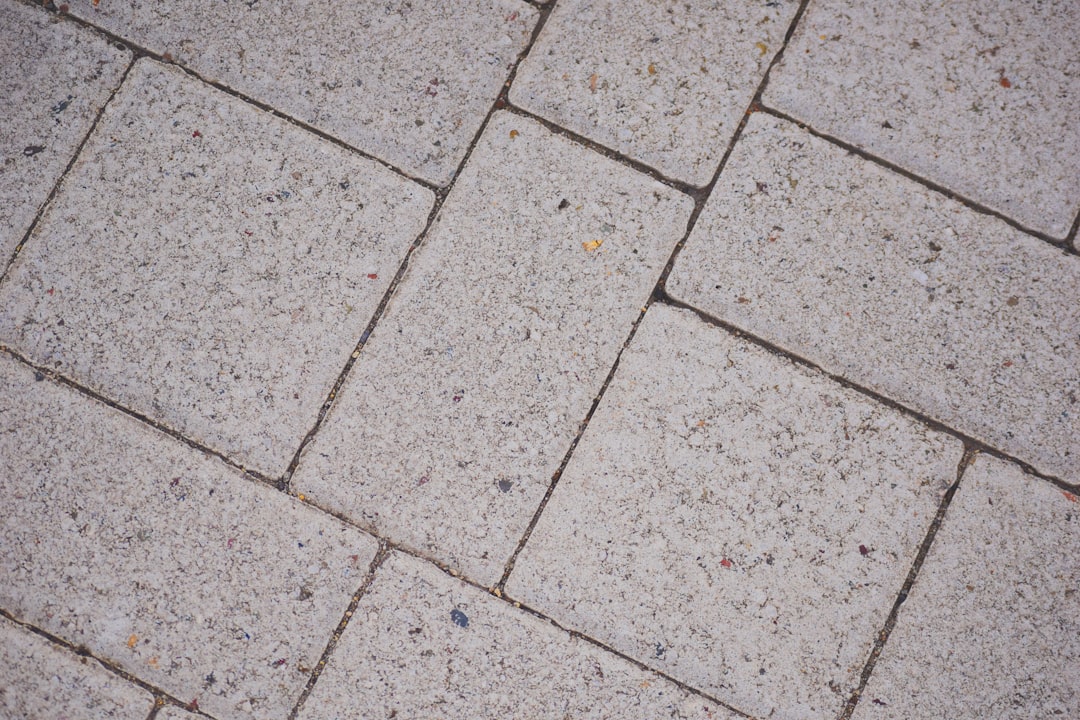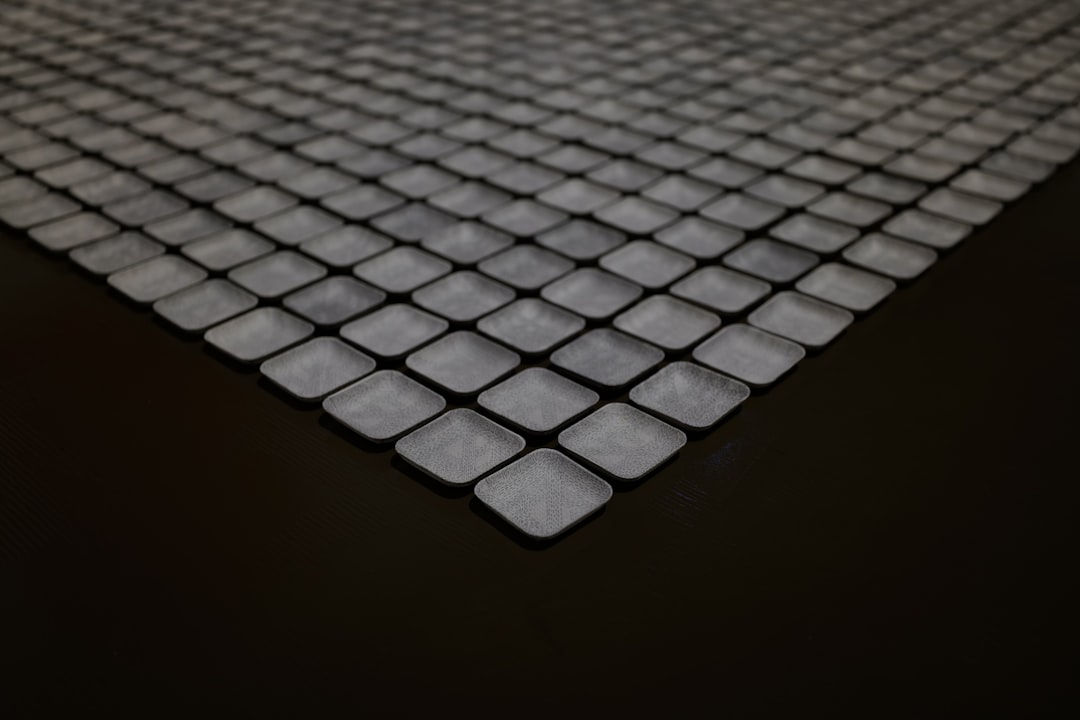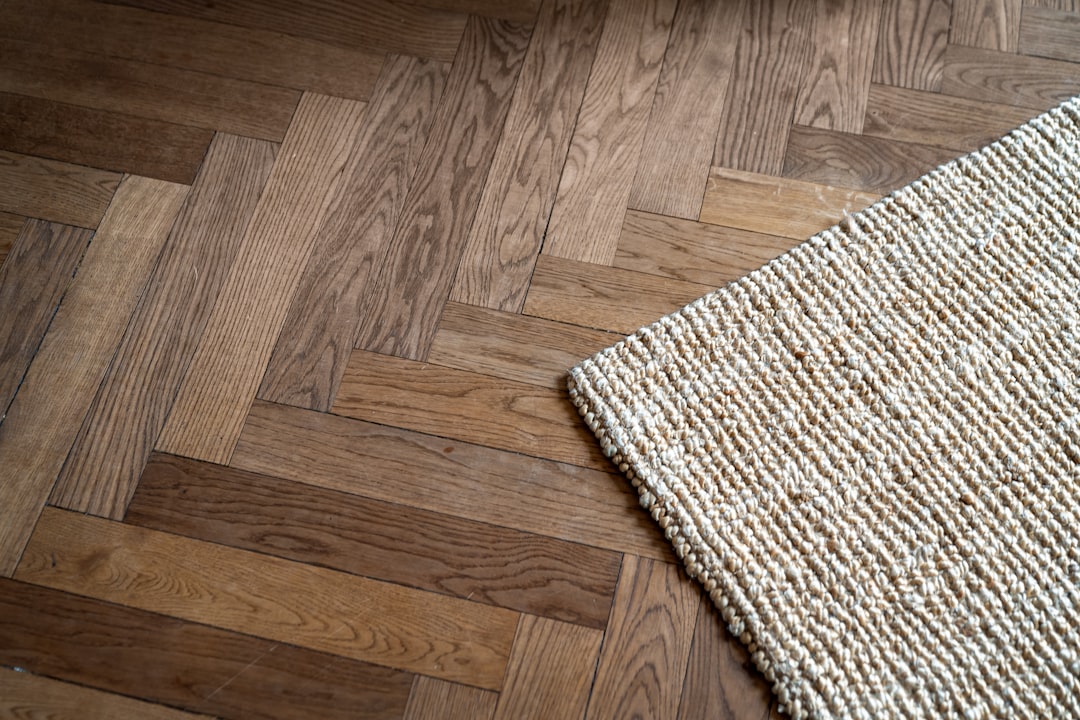

Engage prospects with a scan and streamline customer engagement with FREE QR code marketing tools by Sona – no strings attached!
Create a Free QR CodeFree consultation

No commitment

Engage prospects with a scan and streamline customer engagement with FREE QR code marketing tools by Sona – no strings attached!
Create a Free QR CodeFree consultation

No commitment
Floor tile installation services are navigating a new era of digital transformation, driven by customers who expect real-time answers, quick engagement, and responsive service throughout their decision-making journey. Traditional approaches such as printed brochures, static signage, and paper-based estimates often fail to capture or continue a buyer’s momentum once they leave the showroom. The result is missed connections with high-value prospects and a higher chance of losing them to more agile competitors with faster, digital-first engagement.
QR codes in marketing bridge this gap by connecting physical marketing assets to rich, trackable digital experiences. Whether clients are comparing tile types, calculating installation costs, or searching online for trustworthy local installers, QR codes facilitate instant access to reviews, pricing tools, and booking via Google Forms. They turn high-intent interest into measurable actions and bring anonymous engagement into your marketing and sales systems.
By embedding QR codes at key touchpoints, floor tile installation providers can address top customer questions in real time and capture valuable signals that were previously invisible. From sharing installation tips to guiding prospects through personalized journeys, QR technology gives providers the tools to replace legacy processes, improve lead generation, and stay ahead in a competitive service landscape.

In the flooring sector, engaging visitors at every interaction is essential. The challenge is that legacy tactics offer little visibility into who is interested and why. QR codes connect offline curiosity, such as picking up a tile sample or reading a showroom card, with measurable online engagement. This ensures that promising leads do not slip through the cracks and your team can prioritize outreach based on real behavior.
Start by replacing non-trackable touchpoints with QR-enabled experiences that respond to buyer intent. Paper brochures and static product sheets can link to interactive galleries, personalized calculators, and appointment booking portals. From the first scan, you can see which tiles or services attract attention, track conversion rates from scan to booking, and tailor follow-up to match the buyer’s stage and preferences.
Modern platforms make it simple to deploy and manage these workflows. You replace uncertainty and inefficiency with trackable, timely, and personalized experiences that meet buyers where they are and guide them toward confident decisions.

For floor tile providers, the challenge is not only attracting attention but converting it into measurable, actionable leads before competitors do. Waiting for form fills, relying on phone inquiries, or hoping that prospects return to your website leaves too much to chance. QR codes deliver immediate, one-tap access to the next step in the buyer journey, which is exactly what today’s customers expect.
They also bring clarity to a historically opaque process. A homeowner may browse a showroom on Saturday, take a few samples, and leave without identifying themselves. A contractor might scan a fleet vehicle parked outside a recent job to view commercial capabilities. Without QR coded touchpoints on samples, signage, estimates, and appointment cards, these interest signals would be invisible. With QR codes in place, those interactions become attributable, trackable, and actionable.
By applying QR codes to materials common in flooring such as sample boards, care guides, and installation checklists, you create a consistent path from offline interest to online action. This reduces friction for buyers and gives your team the data to respond with accuracy and speed.

QR codes can serve multiple purposes depending on the situation. The key is choosing the format that aligns with the customer’s goal in that moment. For floor tile installation services, a mix of web links, forms, and contact cards usually covers the most common needs.
In showrooms, web link QR codes are ideal for driving customers to selection guides, price estimators, and product videos. During events or site visits, vCards ensure that project manager details are saved instantly. For after-service follow-up, forms and email templates can streamline review collection or warranty activation. If your showroom offers guest Wi-Fi, a Wi-Fi QR code creates instant access that encourages visitors to explore AR visualizers or virtual tours, which can increase dwell time and intent.
With a platform like Sona QR, you can create and manage any of these formats from one dashboard, update destinations without reprinting, and connect scans to your CRM for complete follow-through.

Growth often hides in the moments that were historically untracked. QR codes convert those moments into measurable interactions. The most fertile opportunities are the places where prospects already engage with your brand or your work, yet there is no easy path to action. When you place QR codes at these touchpoints, you capture intent and speed up the move to consultation or purchase.
Look for placements with high visibility and clear purpose. Align each code with a single action you want the scanner to take, such as starting a quote, booking a measurement, or watching an installation explainer. Pair every code with a direct, benefit-led call to action that removes guesswork and encourages immediate scanning.
By treating these placements as a connected network instead of one-off tactics, you build a measurable funnel that reflects real-world behavior and guides prospects toward conversion.

QR codes shine when they deliver timely help that simplifies decisions. In flooring, buyers often have practical questions about materials, installation, and care. Each use case below is designed to answer those questions in context and to advance the buyer journey with minimal friction.
The most effective deployments attach a clear action to every code. Whether the action is to calculate a budget, book an in-home measurement, or read a care guide, you can map each step to the next and capture data that informs smarter outreach.
When each use case is measurable and optimized, the journey feels seamless for customers and efficient for your team.
Every scan is a signal. It tells you what the person is interested in, where they were, and when they engaged. By deploying multiple QR codes across touchpoints and tagging them by purpose, you can build segmented audiences and tailor follow-up across email, SMS, and paid media. This elevates your retargeting from generic outreach to personalized, context-aware communication.
For floor tile installation services, segmentation typically maps to stages such as showroom browsing, price discovery, and conversion readiness. You can also create distinctions between homeowner and trade audiences, as well as residential and commercial interests. Each audience receives messaging that matches their priorities and timeline.
With Sona QR, each code becomes a smart entry point to your funnel. You capture real-world signals that help you retarget based on evidence, not assumptions, which typically improves conversion rates and reduces wasted spend.
QR codes are connectors that unify offline and digital campaigns. When every physical asset leads to a measurable digital action, you gather the data needed to personalize outreach, attribute outcomes, and improve the buyer experience from first touch to final installation. Instead of siloed interactions, you create a continuous conversation.
Flooring teams often rely on a mix of printed collateral, events, local advertising, and online channels. QR codes tie these efforts together and reveal which channels are generating qualified interest. With a centralized platform, you can manage codes, monitor performance, and sync insights with your CRM and ad tools for closed-loop marketing.
QR codes serve as the offline onramp to your digital marketing engine. With Sona QR, you can manage all codes, monitor performance at scale, and sync scan data with your CRM and ad platforms to orchestrate timely follow-up.
A disciplined approach ensures your QR campaigns are focused, scannable, and measurable. Use the steps below to go from idea to impact with clarity and speed.
Identify the single most important outcome for your campaign and map the shortest path to achieve it. For flooring teams, goals might include increasing in-home measurements, capturing more post-job reviews, or converting showroom browsers into booked consultations.
Clarify the audience and context for each use case. For example, at a home and garden expo, your primary goal could be “event RSVP for an in-showroom design consultation.” On take-home sample kits, the goal could be “start a budget estimate.” Make each destination simple, mobile friendly, and action oriented.
Select a static or dynamic code based on your need for flexibility and tracking. Static codes are fine for permanent destinations such as a warranty PDF. Dynamic codes are better for campaigns where you want to update content, capture analytics, and retarget scanners without reprinting.
For most growth use cases, dynamic, trackable QR codes are the right choice. With Sona QR, you can change destinations on the fly, attach UTM parameters, and view performance by placement, device, and time of day.
Design the code with a clear visual hierarchy. Include your logo, brand colors, and a contrasting frame that draws the eye. Add a short, benefit-driven call to action nearby such as “Scan to get your instant estimate” or “Scan for porcelain vs. ceramic tips.”
Test scannability before deployment. Check performance on multiple devices, screen sizes, and operating systems. Test at varying distances, angles, and lighting conditions in the real environment where the code will live. Confirm that the destination loads fast, looks great on mobile, and makes the next step obvious.
Place QR codes where friction is highest and intent is strongest. In showrooms, prioritize sample boards, end caps, and check-in desks. On the road, feature them on vehicle wraps. In marketing, include codes on direct mailers, community flyers, and trade show signage. Each placement should have a tailored CTA tied to the next logical step for that context.
Roll out in phases so you can learn and iterate. Start with 3 to 5 placements, then expand once you see which formats and messages deliver the most scans and conversions. Keep a simple inventory in Sona QR so you always know where each code appears and what it drives.
Use analytics to distinguish signal from noise. Monitor scan volume, engagement rates, conversion metrics, and revenue attribution by placement and audience. Identify drop-off points and test improvements such as a shorter form, clearer CTA, or faster landing page.
Run small A/B tests on code designs and destinations. Reallocate spend toward top-performing placements and retire underperforming assets. With Sona QR and Sona, you can connect scans to known buyers and understand each code’s contribution to pipeline and closed business.
Proving ROI has long been difficult in flooring because so many interactions are offline and untracked. QR-integrated analytics change this by turning every scan into a data point that can be tied to outcomes. The goal is not just to count scans, but to understand how those scans influence the buyer journey and conversion.
Start by standardizing how you track and tag each code. Use UTM parameters to attribute scans by source and medium, and label codes by placement and purpose. Then connect your QR platform to your CRM so you can enrich contact records and trigger workflows. The more complete the picture, the better your optimization and forecasting will be.
Sona QR captures real-world engagement. Sona.com extends the picture with identity resolution and multi-touch attribution so you can see how QR activity contributes to pipeline and closed revenue. This elevates QR codes from a convenience tool to a core component of your performance marketing strategy.
QR codes deliver the most value when they are woven into repeatable workflows. As you scale, a few best practices will help you improve scan rates, increase conversions, and build a richer data asset over time. Focus on clarity, speed, and context for every scanner.
Train your staff to promote QR actions at the right moments. When team members explain the benefit of scanning, adoption goes up. Combine that human touch with automation that keeps the momentum going while interest is high.
With consistent analytics and continuous testing, you can spot emerging trends such as rising interest in large-format porcelain or a dip in review conversions. Use these insights to refine offers, retrain staff, and adjust messaging so you continue to improve outcomes.
QR codes represent a practical and powerful shift for floor tile installation providers. By turning every sample board, showroom display, truck wrap, and follow-up document into a launchpad for digital engagement, you eliminate the blind spots of paper-first workflows. High-intent interest becomes visible, measurable, and actionable, which leads to faster conversions, better customer experiences, and smarter marketing spend.
Integrating QR codes across your touchpoints creates a connected journey that moves people from awareness to booked consultations, and from installation to advocacy. It also delivers the data you need to prioritize outreach, improve operations, and attribute revenue with confidence. With flexible, dynamic codes managed through a platform like Sona QR, you can iterate quickly, align teams around shared insights, and scale what works.
Now is the time to pilot or expand QR in your flooring business. Start with a few high-impact placements, pick clear outcomes for each code, and track your results. As you learn, roll out codes to more assets and connect scan activity to your CRM and ad platforms. Start creating QR codes for free.
QR codes have revolutionized floor tile installation services by transforming traditional project workflows into seamless, interactive experiences. From simplifying access to installation guides and warranty registrations to enabling real-time communication between contractors and clients, QR codes enhance efficiency and customer satisfaction at every step. Imagine instantly providing clients with step-by-step tutorials or maintenance tips simply by scanning a code on their installed tiles—boosting trust and encouraging repeat business.
With Sona QR, you can create dynamic, trackable QR codes tailored specifically for floor tile projects. Update installation instructions or promotional offers on the fly without the need to reprint materials, and gain valuable insights into customer engagement and project outcomes. No detail is overlooked, and every scan becomes an opportunity to deepen client relationships and grow your service reputation.
Start for free with Sona QR today and unlock the full potential of QR codes to elevate your floor tile installation services from ordinary to exceptional.
Use interactive tools accessed via QR codes in showrooms to compare tile types, view virtual showroom tours, and access product guides that help you select the best floor tiles for your home.
Use QR code-enabled instant quote calculators available on sample boards and price sheets to get accurate installation cost estimates based on tile type, square footage, and prep work.
Floor tile installation typically involves selecting tile type, measuring the area, preparing the substrate, applying adhesive, laying tiles, grouting, and finishing; QR codes provide access to detailed installation videos and care guides.
Ensure professional installation by booking trusted local installers through QR code booking portals linked to verified reviews and by following expert installation tips provided via QR-enabled resources.
Common floor tile types include porcelain and ceramic, each with specific installation requirements; QR codes can guide you through comparisons, care instructions, and suitability to help make informed choices.
QR codes connect physical marketing materials to digital tools like price estimators, booking forms, and installation guides, providing fast, trackable, and personalized engagement that simplifies decision-making.
QR codes are commonly placed on showroom signs, sample boards, vehicle wraps, printed estimates, appointment cards, direct mailers, and event booths to provide instant access to relevant information and actions.
Common QR code formats include web links to galleries and calculators, vCards for contact sharing, SMS or email triggers for quotes, forms to capture project details, and Wi-Fi access codes for showroom visitors.
Providers use QR code analytics to monitor scans by time, location, device, and campaign, linking engagement to CRM data to measure conversions, optimize placements, and attribute revenue accurately.
Use unique QR codes for each placement, add clear calls to action, test scannability on multiple devices, deploy codes where buyer intent is highest, and integrate scan data with CRM and advertising platforms for follow-up.
Use Sona QR's trackable codes to improve customer acquisition and engagement today.
Create Your FREE Trackable QR Code in SecondsJoin results-focused teams combining Sona Platform automation with advanced Google Ads strategies to scale lead generation

Connect your existing CRM

Free Account Enrichment

No setup fees
No commitment required

Free consultation

Get a custom Google Ads roadmap for your business






Launch campaigns that generate qualified leads in 30 days or less.
